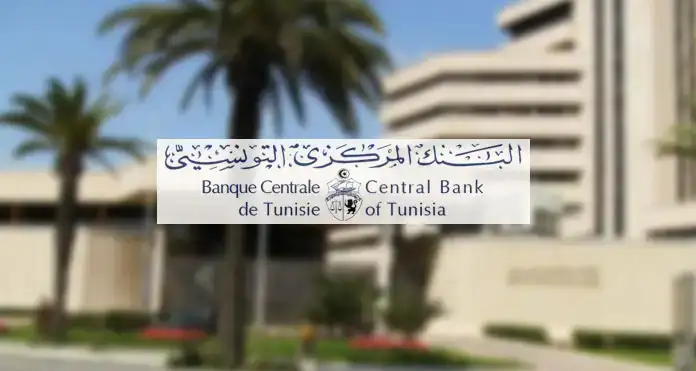The Board of Directors of the Central Bank of Tunisia (BCT) met on May 30, 2025 to take stock of the economic situation. Despite the slowdown in inflation, the institution chose to maintain its key rate at 7.50 %, believing that the disinflationary dynamic remained fragile.
Inflation down, but still above average
According to financial indicators, published this Friday by BCT Friday, inflation fell to 5.6 % in April, compared to 5.9 % in March, brought by a drop in underlying inflation (excluding fresh products and prices administered), which increased from 5.2 % to 4.8 %. This development is explained by the combined effect of increased demand during the month of Ramadan and the relaxation of international prices, in particular with regard to raw materials, energy and food products.
However, the central bank stresses that inflation remains greater than its long -term average, hence the decision to maintain its unchanged monetary policy to avoid a return of inflationary pressures.
Slowdown in growth
On the national level, economic activity increased by 1.6 % in annual sliding in the first quarter of 2025, against 2.4 % per quarter previous. This slowdown intervenes despite a resumption in the industrial sector, in particular thanks to the recovery of construction and the good performance of the agrifood industries.
Upper rise
The trade deficit worsened to reach 7.294 million dinars at the end of April, against 4,735 million a year earlier. This deterioration is explained by an acceleration of imports and a drop in exports. The current deficit thus expands to 3.260 million dinars (1.8 % of GDP), against 1,074 million (0.6 % of GDP) a year earlier, despite good results of tourism and Tunisian transfers abroad.
Decrease in foreign currency reserves
The exchange reserves fell to 22.7 billion dinars, the equivalent of 98 days of importation, against 27.3 billion (121 days) at the end of 2024. Despite this drop, the dinar remained relatively stable in the face of the main currencies, contributing to the maintenance of the disinflationary process.








